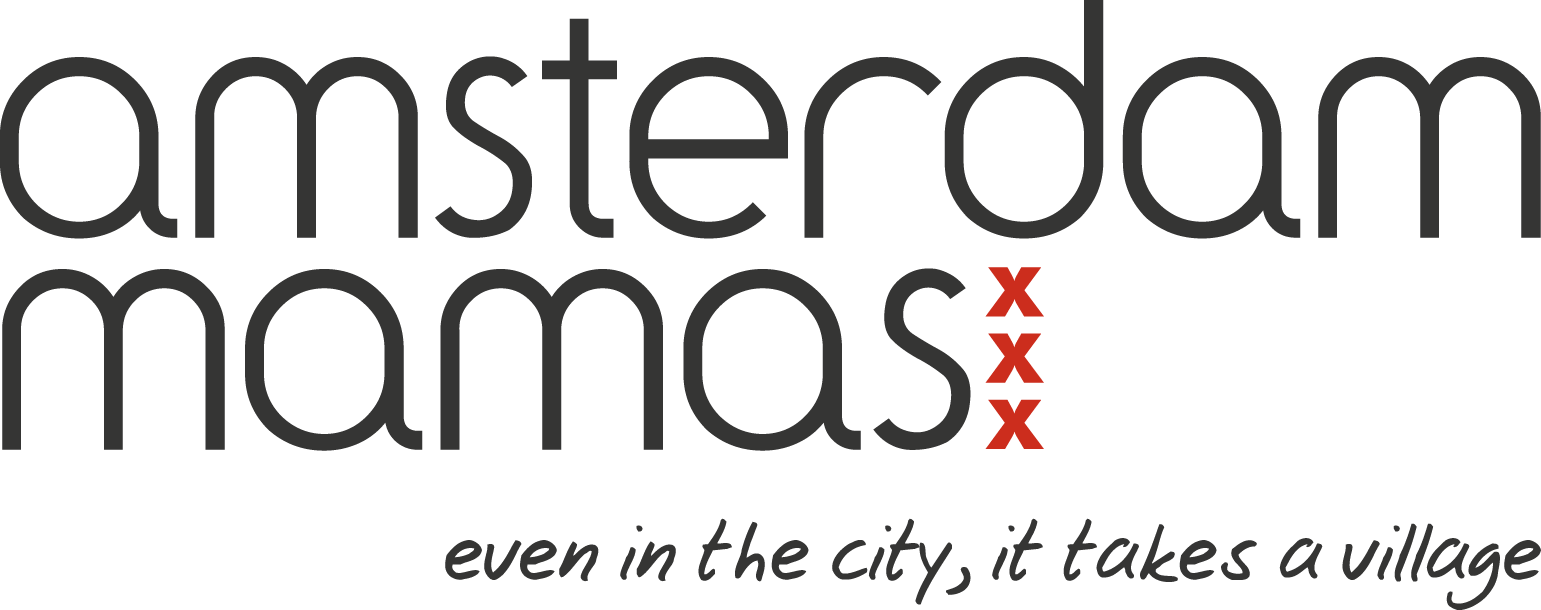Here we give you some of the facts about giving birth in the Netherlands so you can think about how best to approach the experience.
Becoming a mother is one of life’s most wonderful experiences. However, being pregnant can bring up many questions and doubts, particularly the first time around. And if you are giving birth outside your homeland, the question list only gets longer. Here are some facts about giving birth in the Netherlands to help you ask the right questions.
Primary Care
Your first port of call is a midwife, who will ask about your medical and family background to determine the risks you may face during pregnancy, labour or the birth itself. This risk assessment is done in accordance with the VIL (Verloskundige Indicatielijst), which has been compiled by the organisations representing gynaecologists, obstetricians, paediatricians, general practitioners and midwives.
On the basis of the risk assessment, a midwife may refer you to second-line care, that being a gynaecologist or obstetrician. If your pregnancy is deemed to be low risk you stay in the care of the midwife.
Secondary Care
Examples (but certainly not an exhaustive list) of concerns which may lead to second-line care include:
- Multiple births
- Pregnancy following medical intervention (e.g. IVF)
- Obesity
- Hypertension
- Diabetes
- Anaemia
- Previous cesarean section
- Excessive vomiting in the first trimester
- Difficulties during a previous pregnancy/birth
- Signs of (pre)-eclampsia
- Blood loss
- Suspected abnormalities during scans
In many cases a referral to the second line of care occurs to err on the safe side. You may be referred back to first line care should a gynaecologist assess that any risk to you or your baby remains low. Note that even if you are referred to a gynaecologist a midwife may still be responsible for your regular check ups up until labour.
Birthing Options
If you are under the care of a gynaecologist you will give birth in hospital.
If there is no medical indication and your pregnancy is deemed low risk you may choose between a home birth or a hospital birth (called poliklinisch bevallen). Your midwife will lead the birth in both instances. Your definitive decision may even be deferred until labour begins.
In addition, there are birthing centres (called geboortecentrum, geboortehotel or bevalcentrum) across the Netherlands, which have arisen as an alternative for women who cannot or don’t want to give birth at home, but who do not want to go to a hospital. You may only give birth in such a centre if there is no medical indication and you are under the care of your midwife. In general, birthing centres have a more homely feel than a hospital.
Birth Costs
If a hospital birth is for a medical reason (i.e. you have been referred to second-line care), your medical insurance company will normally cover the total costs.
Choosing a hospital birth when there is no medical indication incurs a personal contribution of €336.08 (as of 2014). Some medical insurance policies cover these costs too – check your own medical insurance to establish exactly which costs are covered.
Support
Giving birth in a foreign country may mean your mother, best friend or sister won’t be at your side for the birth. Talk to your midwife if you have concerns about the support you have during pregnancy, and when you go into labour.
Consider attending one of the many prenatal groups or courses and/or hire a doula who will be by your side whatever happens in the delivery room. From personal experience I can certainly recommend the support of a doula.
Be Prepared For Every Eventuality
Your birth plan is in place, you know where and how you want to give birth and your contractions start. The one thing that is absolutely certain at this stage is that nothing is certain and all the best-laid plans in the world can change in an instant. Babies do not adhere to a schedule, and don’t work to your script. So always have a plan B, and C. Discuss all possible scenarios with your midwife and partner.
Note that later in your pregnancy you may still be transferred to second-line care should there be a medical reason to do so. This includes, amongst other things, the size of the baby, issues with the baby’s heartbeat or reduced movement of the baby during your pregnancy.
On the Move: Labour
During a normal, non-medically induced labour (between 37 and 42 weeks) the first half of the labour process will happen at home (or wherever you happen to be when baby decides it is exit time). Should contractions occur outside this period you will be automatically referred to the gynaecologist.
During labour, even if you have planned for a home birth, there are still reasons for a transfer to hospital and a move to second-line care. Just under 4% of women who planned for a home birth are rushed to hospital in an emergency situation. The majority of women required to transfer to hospital do so with their own transport.
Referrals to the hospital at this stage can occur for the following reasons:
- Meconium in the embryonic fluid when waters break
- Labour doesn’t progress
- Pain relief is requested
Even after the birth of your baby you may be required to transfer to hospital; for example if there are issues with the birth of the placenta, or the health of you or your baby is cause for concern.
Post Birth
Should you deliver your baby in hospital during the day you will be allowed to leave with your new family member within a matter of hours if all is well with you and your newborn. This is thanks to the wonderful Dutch kraamzorg service that will practically be on your doorstep to welcome you all home.
If your baby is born outside of kraamzorg working hours you might be required to stay in hospital overnight.
If you have had a caesarean you will remain in hospital for between two and seven days, dependent on your recovery, the type of care and support you have at home and your personal situation.
Kraamzorg
Your kraamzorg service (maternity nurse) should be arranged early in your pregnancy.
If you have a home birth your kraamzorg will assist your midwife; in a hospital birth she will not be present. Once you have the all-clear from the hospital to return home your first call should be to the kraamzorg so that a maternity nurse comes to your home as soon as possible.
All women are entitled to kraamzorg for between eight and ten days after birth and the costs are usually covered by your health insurance, with the exception of a small personal contribution payable per hour of care (€4.10 as of 2014). Be sure to check with your own health insurer to determine exactly which costs they cover. The main responsibilities of kraamzorg are:
- Direct care and monitoring of you and your baby, including medical checks (such as temperature, blood pressure, checking stitches)
- Advice and instruction on the topic of caring for your newborn baby and integration in your family (such as (breast)feeding help, safe sleeping tips)
- Maintaining hygiene levels around both mother and baby
- Observing and reporting for discussion with the midwife, as well as serving as an early warning system for potential problems
- Household tasks
- Helping with the care of other household members
Conclusion
Being pregnant away from home, in an alien maternity system, can be daunting, but the beauty of the Dutch maternity system is that there is choice. As long as there is no medical indication, the decisions around labour and delivery are yours to make. Whilst this article covers many of the main facts around birth in the Netherlands it is by no means an exhaustive list. Share any concerns or questions you may have with your midwife or gynaecologist, talk to other (expat) mothers who have been through pregnancy and birth here in the Netherlands, and do your homework so that the surprises you face during pregnancy or labour are more likely to be only pleasant ones.
photo credit: Elizabeth/Table4Five via photopin cc
Amanda van Mulligen
Amanda van Mulligen is a mother, writer and expat. In that order. She is British-born but has called the Netherlands home since 2000. She is 'mama' to three boys, and blogs about her expat way of living, loving and parenting over at Turning Dutch. You can find out more about her on her Facebook Page or follow her on Twitter.





